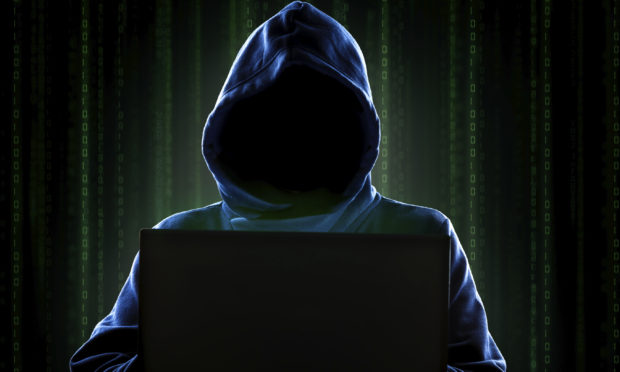It is now possible for a person to become partially invisible, according to a corporate “proof of concept” video newly released through the Reuters news agency.
Frankly, I have my doubts about the whole thing and instinctively checked if it was April Fools Day, because this one has the whiff of spaghetti trees all around it. But, at time of writing, news organisations continue to treat the claim as believable, although in a surprisingly low-key way, so let’s take it on trust for now.
(Headline writers, of course, grabbed the chance to have Harry Potter references in headlines. Sometimes, journalists use their powers for evil, but at least they didn’t bang on about “muggles” this time.)
Here’s the gist: a Canadian company called HyperStealth (one word) has apparently developed a substance called Quantum Stealth (two words), which looks like Perspex sheeting and hides people who walk behind it.
Of course, this also works with actual Perspex sheeting, and indeed objects such as planks of wood, family cars and gigantic cakes, but Quantum Stealth also refracts the light so it looks like you’re seeing through the sheet to the background behind the figure.
It’s far from perfect, because you can still identify a blurred version of the hidden person, but the manufacturer explained it could have applications such as making it harder to shoot accurately through a riot shield and hit the torso of the person behind. It also demonstrated Quantum Stealth as camouflage for tanks.
At this point, I had my head in my hands. As usual, humans have taken a marvellous idea straight on to the battlefield.
Scientific history is stained with depressing stories of the quest to kill each other more efficiently, with everything from tractors to telegraphs to chemicals deployed in horrific ways. Once, barbed wire was only used on farms.
Now, instead of using this amazing technology to freak people out by making household objects float around while saying “woooo”, we have to worry about being kettled by faceless stooges we can’t even see.
Boris Johnson probably has a whole house made of Quantum Stealth, in case he has to talk to a voter.
Wait… I think I’m OK with that.










